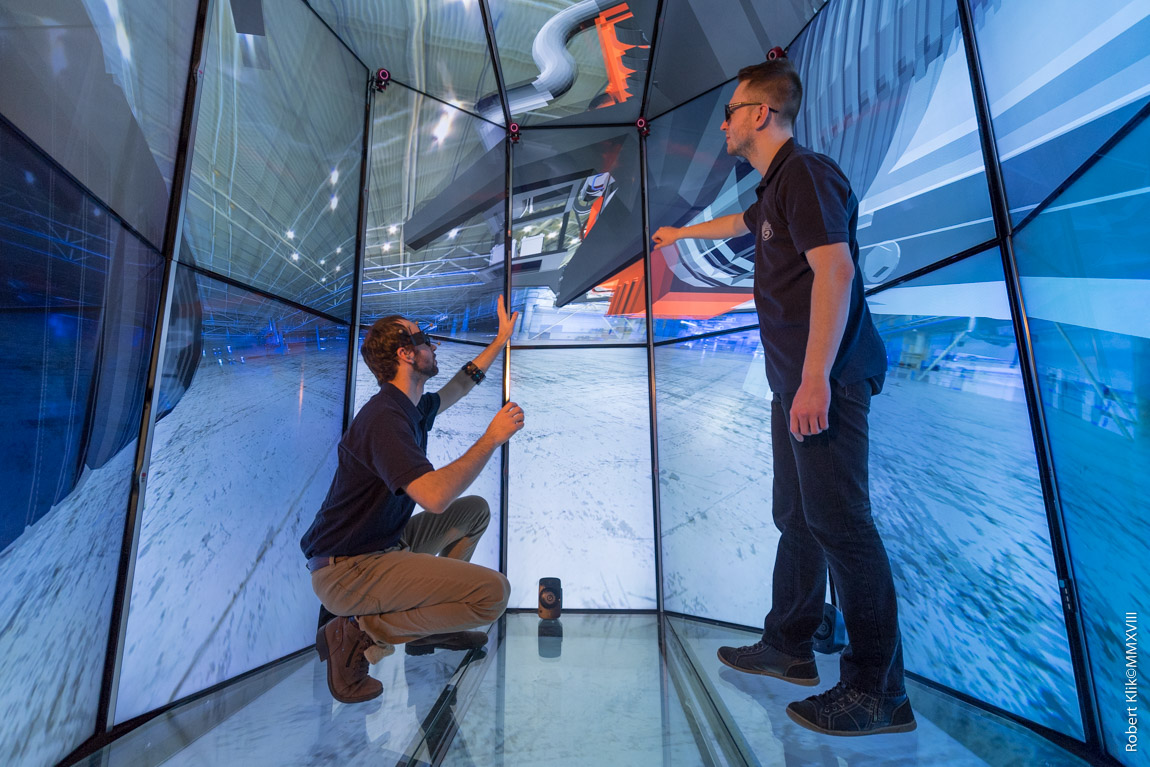The day-to-day use of smart phones and other personal computers has become part of everyone. In spite of the great advances in recent times, the control of these devices is relatively limited by monotonous input devices. People with upper limb disabilities have a major problem when using traditional input devices. The main purpose of this article is to show another possible way of controlling computers and smart phones by handicapped people, by eyes, head movements or facial features movements. In the introduction, the article will generally deal with the issue of computer control by handicapped people. In the next part are introduced existing solutions for input devices and posibilities for their other use.
LIRKIS
Laboratory of Intelligent inteRfaces of Communication and Information Systems
